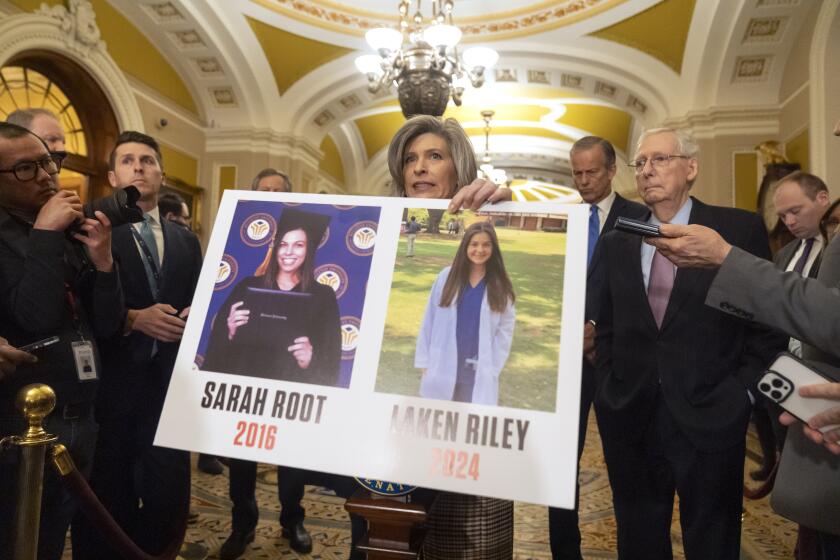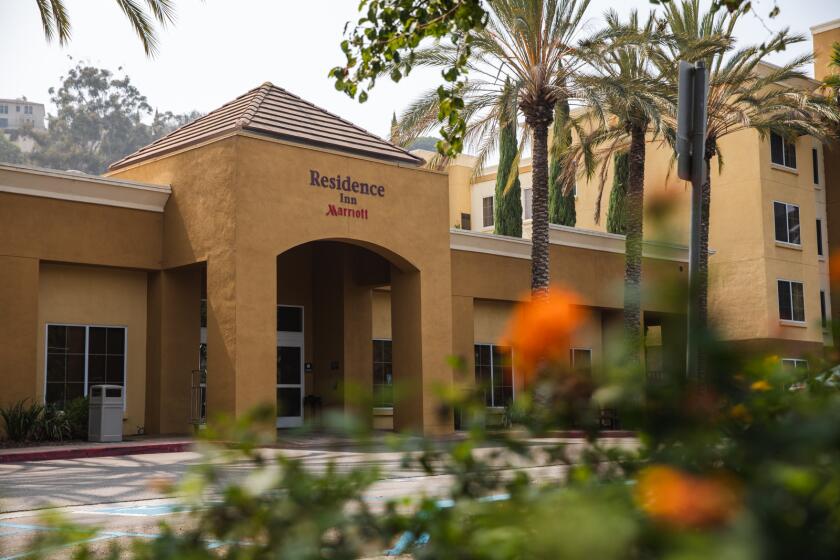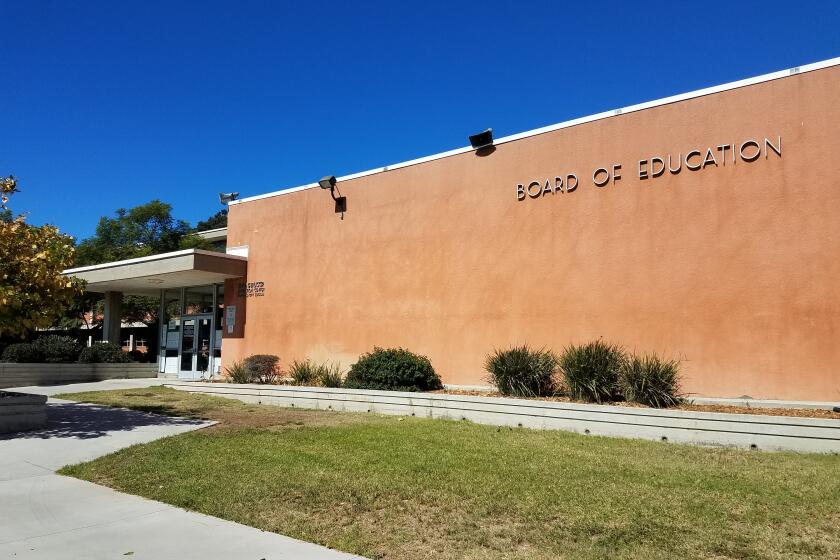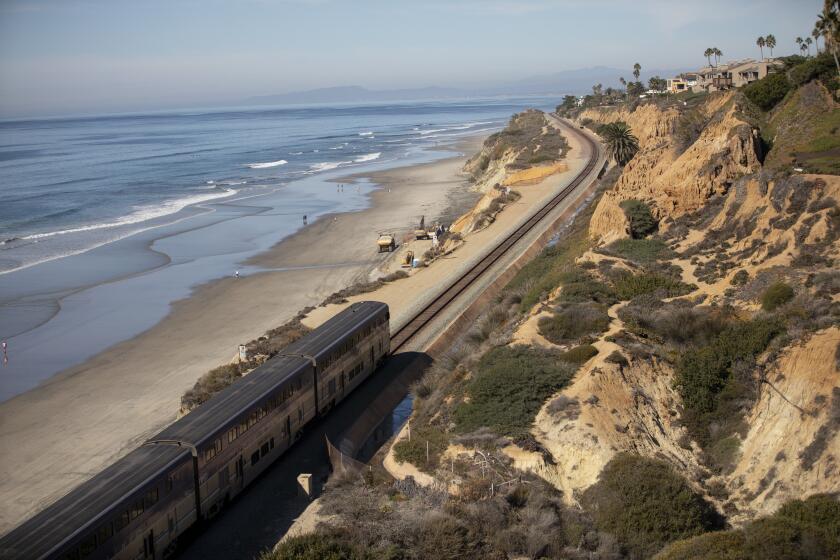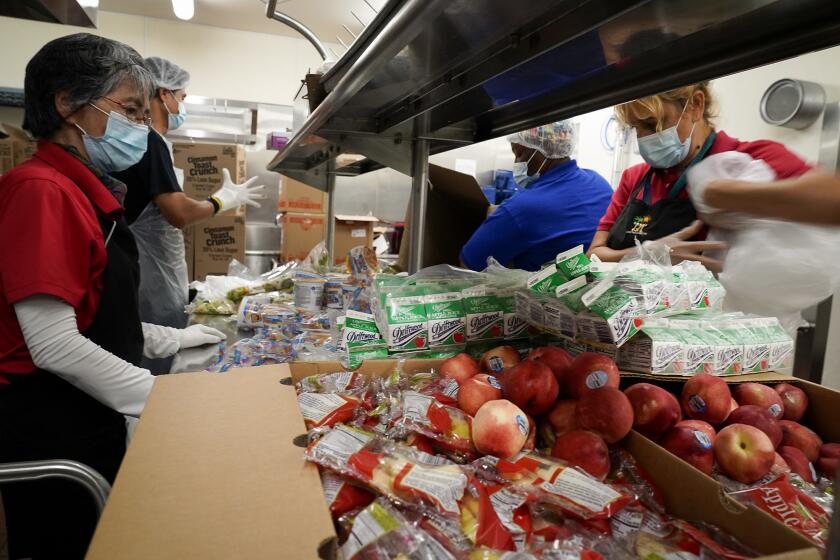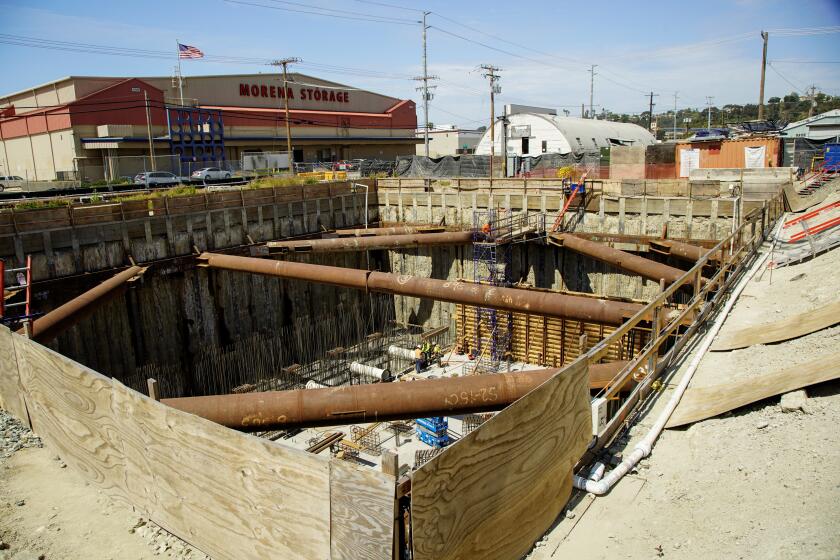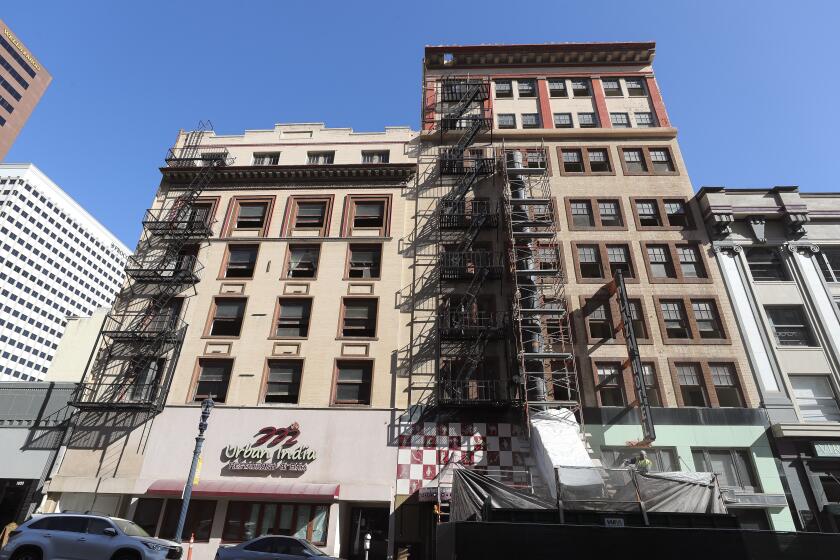Your Say: The latest school shooting
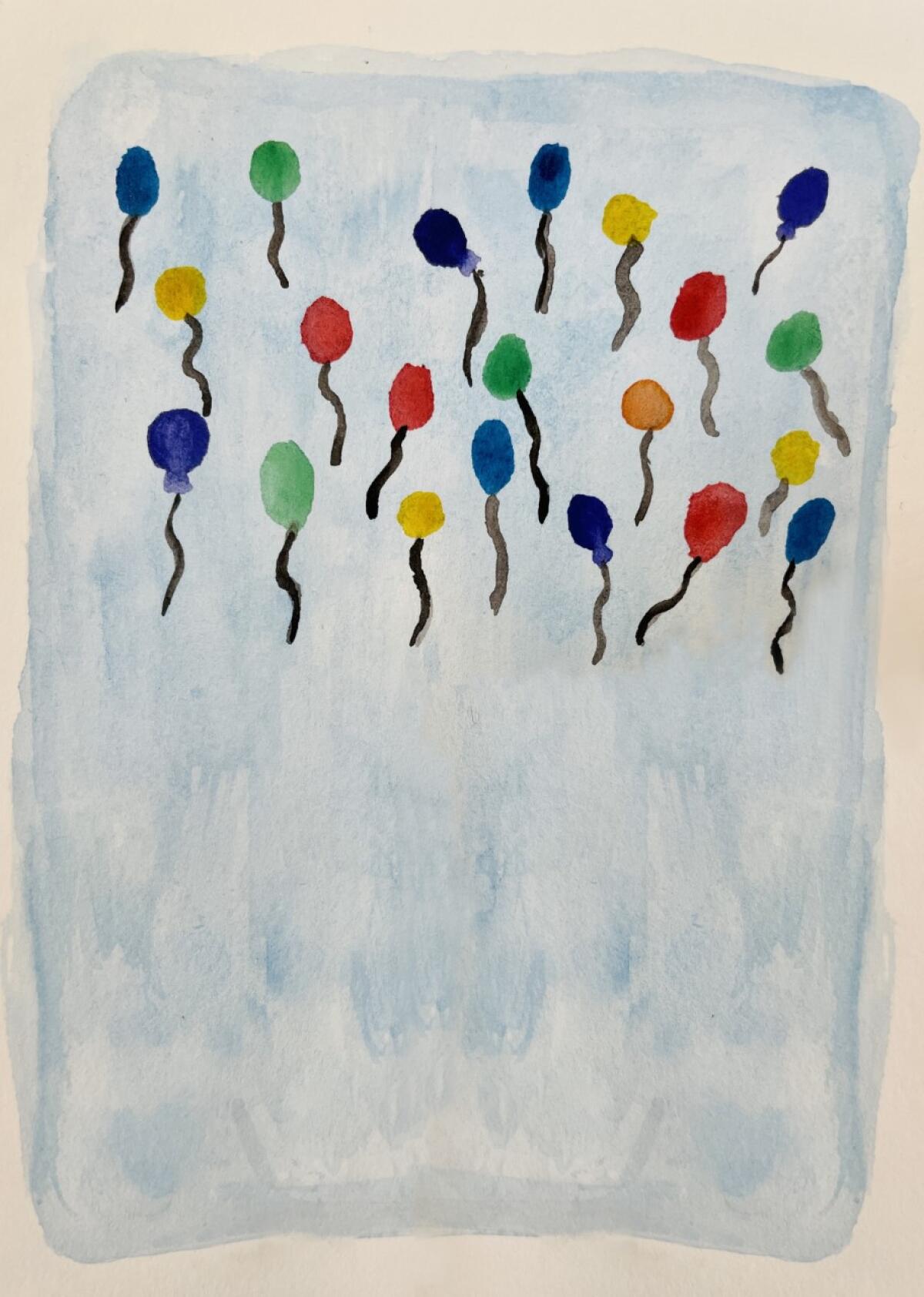
We asked: Since the slaying of 19 Texas elementary school students and two of their teachers, what discussions have you had with the young people in your life about school shootings?
How my daughter’s students responded
The young people in my life start with my children and their children. I was visiting my youngest child Avery Powell in New York when the Uvalde, Texas, shooting occurred. She is an art teacher in the High School of Fashion Industries and we had joined her that week in her classroom to view an exhibition of the graduating students’ work, including a full-on runway show of their fashion creations. While visiting her classroom, she showed us a project she had prepared for her students to help them think about the practical things they needed to be addressing as they graduated and moved on to the next stage of education and their careers.
But the next day she felt she needed to address the realities of threat and tragedy and fear from the Texas shooting. She described that day to us when she returned home and shared some of the expressions of her students with me. I was particularly struck by one of the students’ paintings on that day because for me it was symbolic of the souls of those 19 sweet children and their two brave teachers soaring away.
When I saw the invitation to submit a contribution to Your Say, I wanted to share this with our friends and neighbors in her hometown of San Diego. Here, in her words, is Avery’s description of how she helped her students use art to express their feelings during what is unfortunately and unnecessarily yet another tragedy visited upon children and teachers in our not-so-United States of America.
“I was a freshman in high school at the San Diego School of Creative and Performing Arts when the Columbine school shooting occurred. It was a devastating blow to my sense of safety at school. I am now an art teacher at the High School of Fashion Industries in New York City.
“The day after the school shooting in Uvalde, Texas, I felt resigned and angry that yet again, I have to find the words to help restore some of my students’ sense of safety at school. Luckily, we were able to use art for reflection, expression and even activism. Students were greeted with watercolors and postcard-sized paper.
“After discussing the facts of the event, I asked them to reflect on their emotions. What lines, shapes and symbols reflected what was in their head, heart and conscience? Students used their watercolor paintings to express what words can fail to convey. After sharing examples of artwork in response to gun violence, I invited them to add text and additional imagery to turn their work into a postcard to be sent to an elected official.
“This painting [above] is by my student Lynna Guiracocha. She painted a balloon for each victim as a symbol of their lost childhood. While art may not always solve the larger problem, it is a powerful tool for everyone, especially youth, to feel engaged with positive change within their community and country.”
Jay Powell, Normal Heights
I’d take a bullet to protect my students
I am a high school English teacher. This past week I told my students that I was prepared to take a bullet for them. Here are the lessons I want them (and society) to learn.
Lesson 1: Influences on life affect decisions.
My world literature class this year looked at ancient and modern influences on decisions in life: god(s), free will, fate and culture. Probably the most important book we read this year was “Chronicle of a Death Foretold,” by Gabriel Garcia Marquez, because an entire village of characters fails to warn Santiago Nasar that he has been targeted for death. The bystanders assume that someone else will take care of it.
Lesson 2: Decisions are based on recognizing another’s point of view.
What we choose to read may be “windows” into new cultures or unknown experiences, or “mirrors” that reflect our own lives and reassure us that we are not alone. Students tell me that this “windows/mirrors” mindset helps them develop empathy.
Lesson 3: Decisions need to be weighed.
Students live with their cellphones, which have apps that provide instant feedback, often leading students to react immediately without consideration. To counter this mindset, my senior English class learns to analyze a reading’s context, purpose and bias, which helps them become more careful thinkers.
Lesson 4: Decisions need to be based on cause and effect.
I have students who only need to be told once that something is not allowed, and I have other students who make frequent mistakes until they finally figure out that Action A causes Consequence B. Rules and consequences provide a framework for students to learn that their actions affect themselves and others.
How do these lessons apply to school shootings? Let’s review: 1) No one can prevent a person from making the decision to bring a gun to school and shoot people. But teachers try to diminish the reasons that someone would want to do so. In social studies and English, we teach decision-making skills that students learn from the mistakes made by historical figures and literary characters. 2) The majority of school shooters were bullied. We try to teach empathy. We use stories, both fiction and real, to help students appreciate others. 3) Instant gratification encourages people to make quick (wrong) decisions. We hope our lessons on how to think carefully and weigh consequences counteract those impulses. Finally, 4) Support us as we teach. If teaching history and literature will help students learn from others’ mistakes, don’t ban our books. If lowering class size and individualizing instruction will help us reach troubled students, then pay taxes. If providing mental health services and limiting gun access may help, then create those laws … and fund them.
Everyone makes decisions. To shoot or not to shoot. To bully or not to bully. To treasure life or to throw it away. Society needs to support education, because as we teach future decision-makers, we may be the only thing standing between our students and the next school shooter.
Carole LeCren, Bay Park
For crying out loud, we’re better than this
What do I say to my children about the most recent idiotic killings? I try to avoid the conversation, to tell the truth. I mean, what more is there to say? How does a teacher converse about such a tragedy? The saddest fact of the matter is a human being can be capable of such a diabolical act in the first place. We were all given the ability to reason and choose between right and wrong — yet some from my species continue to kill children?
I do know where there should be constant dialogue, though. Our senators and representatives, statewide and nationwide, must craft legislation to protect those who have elected them and those who are too young to vote. The absurdity of just the sound of it makes me sick. Two adults and 19 children in an elementary school gunned down? Come on, aren’t we better than that, for crying out loud?
My father, my older brother and some friends of mine used to go hunting many years ago in the desert. We would make it a bonding experience where, if we were lucky enough, we might get a rabbit, a quail or a dove to take home to Mom for her unbelievable kitchen art. I was taught how to handle a shotgun in a safe and sane way. Thank goodness those days are behind me now, and I am to the point where if I never have to shoot a gun, I will feel blessed for those bonding trips with my family and blessed that I never have to shoot a gun ever again.
If you are a hunter, enjoy the wonderful outdoors and culinary expertise if you have a mom like I used to who could turn what we brought home into culinary art. If you feel the need to have a gun to protect your family from intrusion, go for it. Otherwise, I just don’t see why guns are necessary.
Jim Valenzuela, Poway
Kids should wonder if adults care for them
The massacre of children in Uvalde, Texas, created a tsunami of anxiety, uncertainty and fear. Will children be receptive to a discussion of our culture? What are their feelings and emotions after they witnessed multiple mass shootings in the same month? Might they inquire if the adult world around them cares at all, or has any interest in doing what is necessary to stop the national shooting gallery we all inhabit?
Any “discussion” with schoolchildren might begin with these inquiries accompanied by empathetic listening as their anxieties are expressed. Their fear of attending school, of guns, of being away from home will require continual support from their families and their communities, sadly in a nation that idolizes weapons and considers shootings an acceptable risk sustaining a “right” invented in 1791.
Adults continually hearing pleas for sensible gun control must engage with their children in a mutual effort not to yield to fear, inaction, intimidation or powerful interests but to recommit with hope and fervor. Parents should engage their child in a family activity: writing letters or sharing what they can do together positively to change the horrific events in which we find ourselves. Engaging their children in overcoming fear and trauma is to confront the evil they have suffered through no fault of their own, and to confront the evil through some action on whatever level a child is capable of. Whatever the religion or belief, parents can reaffirm the innate goodness in mankind to love God and serve others. There are countless examples to point to. Talking about the many good things people have done and do daily creates a positive hopeful environment and discourages fear. Parents of those most affected can begin by telling those stories, the greatest of which have been about those whom we honor for their sacrifices each and every day. Children have always been at the lead through their trust and willingness to help someone else.
This could be our opportunity to emulate the spirit of the Greatest Generation and commit to the sacrifice, time, effort and actions necessary to create a national environment where we could attend school, worship, shop and recreate without fear of being killed by people exercising their “Second Amendment right.”
Then, and only then, could we sing with pride and feeling Irving Berlin’s hymn “God Bless America.”
Frank Ferrone, El Cajon
Get Essential San Diego, weekday mornings
Get top headlines from the Union-Tribune in your inbox weekday mornings, including top news, local, sports, business, entertainment and opinion.
You may occasionally receive promotional content from the San Diego Union-Tribune.


